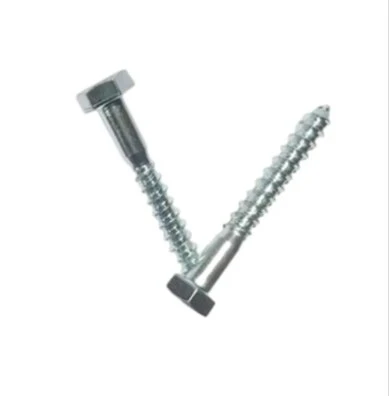Dec . 15, 2024 08:45 Back to list
Design and Analysis of a Hollow Hexagonal Shaft for Enhanced Strength and Performance
Understanding Hollow Hex Shafts Design, Functionality, and Applications
Hollow hex shafts are specialized mechanical components widely utilized in various industrial applications. Their unique geometry—a hexagonal cross-section with a hollow interior—offers numerous advantages over conventional round shafts. This article delves into the characteristics, benefits, and uses of hollow hex shafts, illuminating why they are integral in modern engineering designs.
Design Features
The most distinguishing feature of a hollow hex shaft is its hexagonal shape, which provides it with excellent engagement with other hexagonal components, such as nuts and couplings. This feature ensures a secure connection and improves torque transmission when the shaft is subjected to rotational forces. The hollow center reduces the overall weight of the shaft without compromising its structural integrity, making it an attractive option for applications where weight savings are critical.
The choice of materials for hollow hex shafts typically includes high-strength alloys, stainless steel, or carbon fiber composites, depending on the required mechanical properties, such as tensile strength, corrosion resistance, and fatigue life. The ability to use different materials allows for tailored performance based on specific application needs.
Advantages of Hollow Hex Shafts
One of the primary advantages of hollow hex shafts is their enhanced strength-to-weight ratio
. By being hollow, these shafts are lighter than solid shafts while maintaining similar performance characteristics. This reduction in weight can lead to energy efficiency, especially in applications like robotics or automotive systems, where the weight reduction can improve overall performance and efficiency.Another significant benefit is the increased torque transmission capabilities. The hexagonal shape, conducive to better surface contact with mating parts, allows these shafts to handle higher torque loads without slipping. This makes them particularly useful in machinery where precision and reliability are paramount.
hollow hex shaft

Moreover, hollow hex shafts can also provide pathways for the routing of wires, fluids, or gases, facilitating complex assemblies without the need for additional components. This multifunctionality simplifies the design of intricate systems, resulting in fewer parts, reduced assembly time, and lower costs.
Applications in Various Industries
Hollow hex shafts find applications across a variety of sectors, including automotive, aerospace, robotics, and manufacturing. In the automotive industry, they are commonly used in steering columns and gearboxes, where space, weight, and torque requirements are critical. The aerospace sector utilizes these shafts in landing gear systems and wing actuators, where weight and reliability are of utmost concern.
In the robotics field, hollow hex shafts are prevalent in robotic arms and actuators, where their lightweight design allows for more agile movements and energy-efficient operations. Their ability to integrate with other components seamlessly makes them an essential part of modern robotic systems.
In manufacturing environments, these shafts are used in conveyor systems and industrial machinery, where robust performance under continuous loads is necessary. The versatility of hollow hex shafts enables their use in various contexts, from light-duty applications to heavy industrial processes.
Conclusion
Hollow hex shafts represent an intersection of innovative design and practical functionality. Their unique shape, combined with the benefits of reduced weight, increased strength, and versatile applications, makes them indispensable in various engineering domains. As industries continue to evolve and demand more efficient and reliable components, the role of hollow hex shafts is likely to expand, solidifying their place in the future of mechanical design and application. By understanding the advantages and applications of these components, engineers and designers can make informed decisions that enhance their projects and contribute to technological advancements.


